The Beauty of Grain: What It Is and Why It Matters Emotionally in Photography
Photography grain isn’t a flaw, it’s a feeling. Discover what grain is, how it works, and how to use it to add emotional depth and texture to your images.
Grain Isn’t a Mistake, it’s Mood
In a world obsessed with crystal-clear images and clinical perfection, grain is rebellion.
It whispers: This was real. This was raw. This was felt.
Whether you’re photographing boudoir, storytelling portraits, or nostalgic landscapes, grain can be the final emotional layer your image didn’t know it needed.
If you’re editing in Lightroom, the film grain effect isn’t just a slider, it’s a mood. Adding grain with intention can transform a clean, digital image into something that feels timeless, textured, and emotionally raw.
Let’s talk about what grain actually is, how it affects your photos, and why it might be the most underrated emotional tool in your creative arsenal.
What Is Grain in Photography?
Grain is the visible texture or “noise” in an image, those tiny flecks and patterns that give your photo a film-like quality.
It originates from:
- Film grain in analog photography (caused by silver particles in the emulsion)
- Digital noise in modern photography (especially in low light or high ISO)
But while digital noise was once seen as a “flaw,” today intentional grain is an artistic choice.
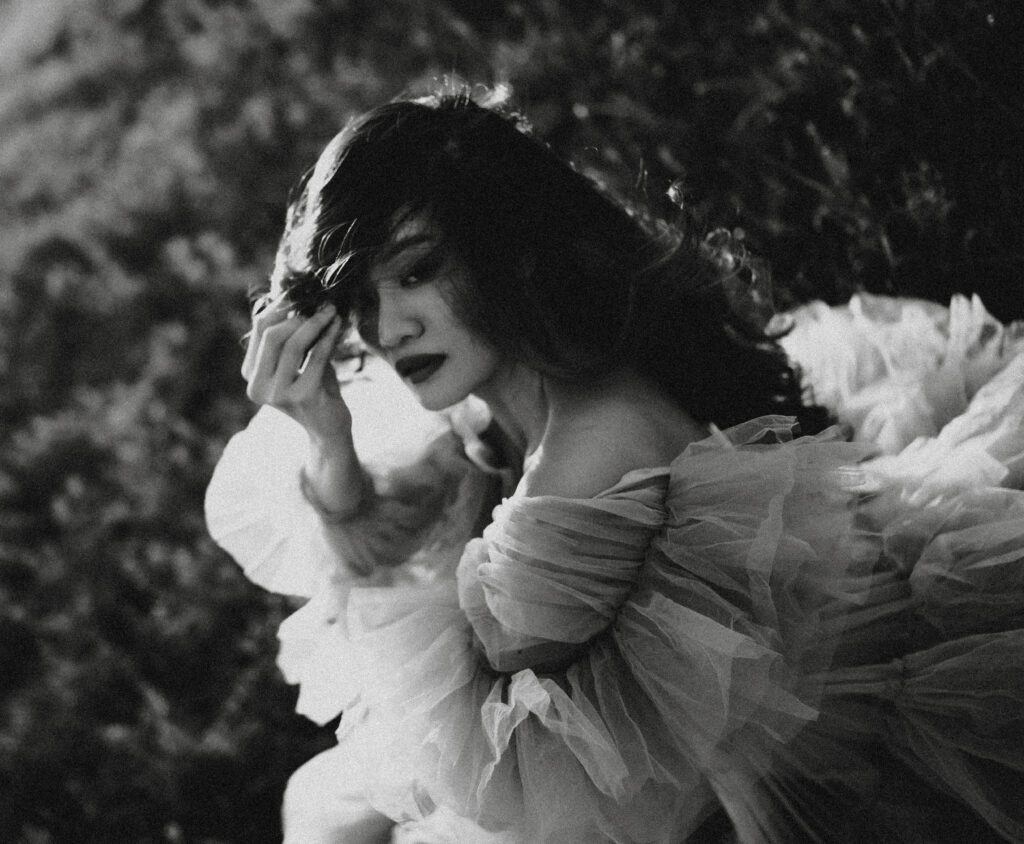
What Grain Does to an Image Emotionally
Grain adds:
- Texture: Makes an image feel tangible, like you could touch the moment
- Nostalgia: Mimics film, invoking memory and timelessness
- Imperfection: Breaks the polish and perfection, allowing emotion to breathe
- Intimacy: Makes even a posed image feel raw and unfiltered
Think of it as photographic vulnerability. It’s not “clean.” It’s honest.
When to Add (or Embrace) Grain
Here’s when grain can elevate,not degrade your image:
1. Low Light Portraits
Embrace the softness, lean into the shadows. Add grain in post to unify the texture.
2. Emotive Black & White
Grain adds richness and depth to monochrome images—especially when telling stories of solitude, strength, or vulnerability.
3. Boudoir & Intimate Sessions
Nothing feels more real than soft grain dancing across skin in moody light. It says “this moment mattered.”
4. Nostalgic Outdoor Scenes
Even digital landscapes can feel analog with a little grain. Think: road trip journal, vintage family film vibe.
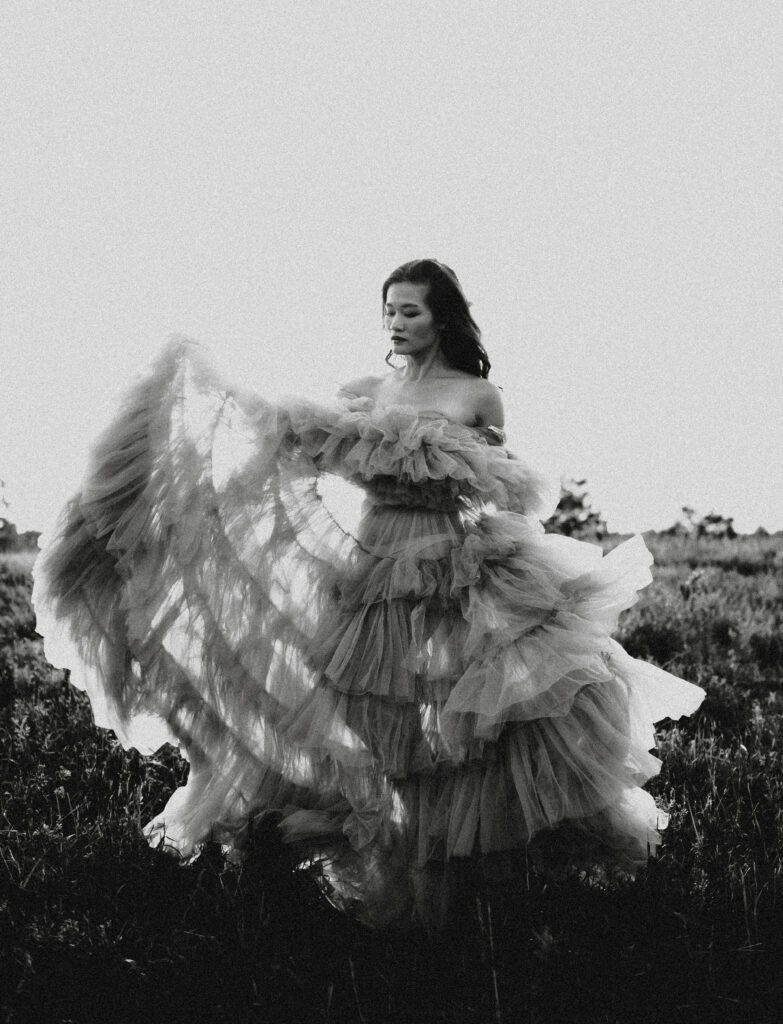
How to Add Grain (and Do It Well)
In Lightroom:
- Scroll down to Effects > Grain
- Start with Amount: 20–30
- Size: 25–30
- Roughness: 40–50
Subtle is better—too much can distract.
Add it last, after your color grading and retouching.
Grain + Embrace Presets = Emotion Amplified
Many Embrace Presets include custom grain built in—designed not just to “look good,” but to feel cinematic.
We’ve fine-tuned the balance so you don’t have to guess.
Just apply, adjust if needed, and watch your image come alive with character.
Final Thoughts: You Don’t Have to Be Polished to Be Powerful
Grain reminds us that perfection isn’t the goal.
Feeling is.
So next time you’re tempted to smooth it out, erase it, or avoid high ISO out of fear, ask yourself:
Does this grain add something?
Does it make this image feel more like the moment?
If the answer is yes—lean in.

Want presets that make your grain feel like poetry?
Explore
→ [Shop Embrace Presets]
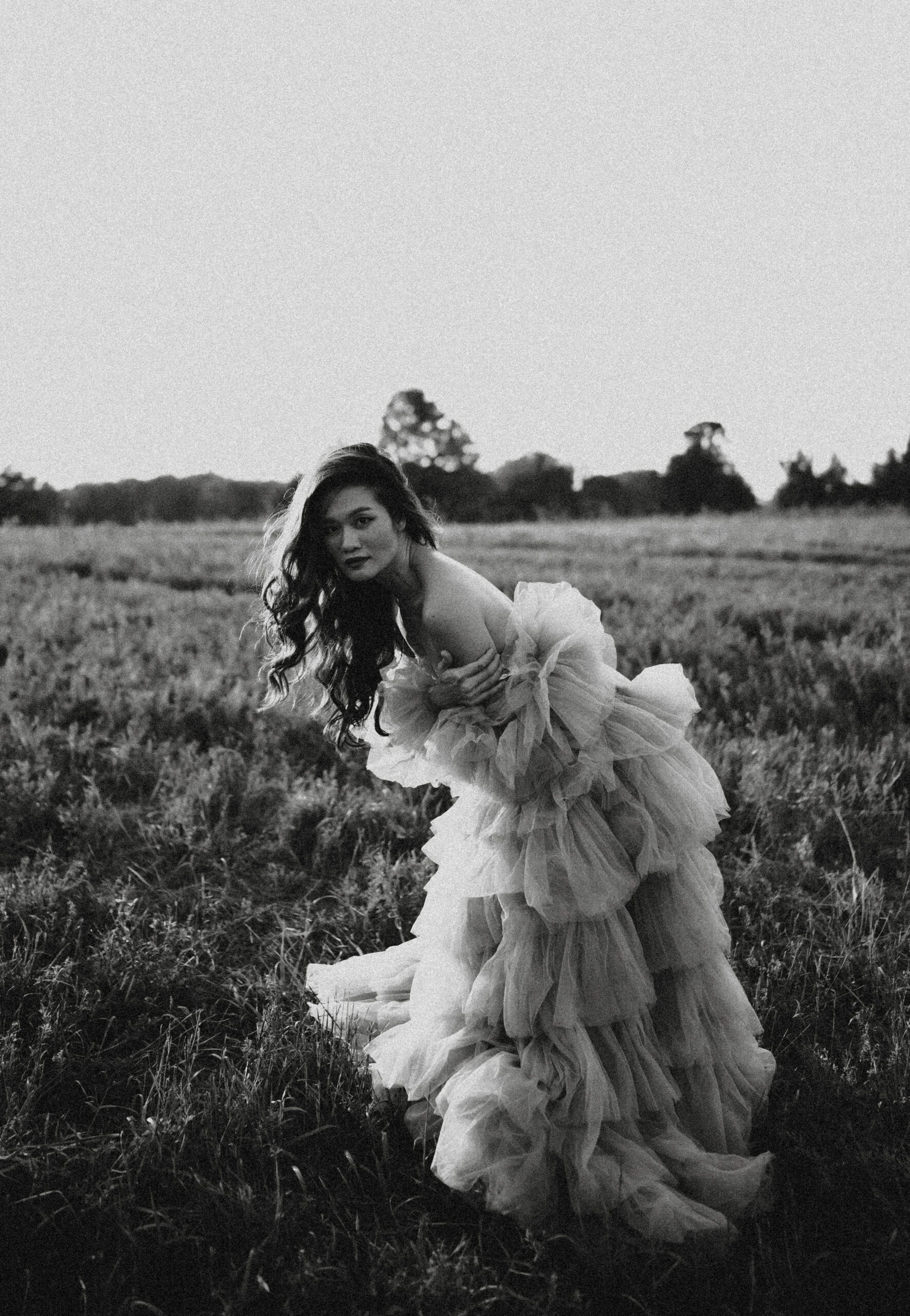
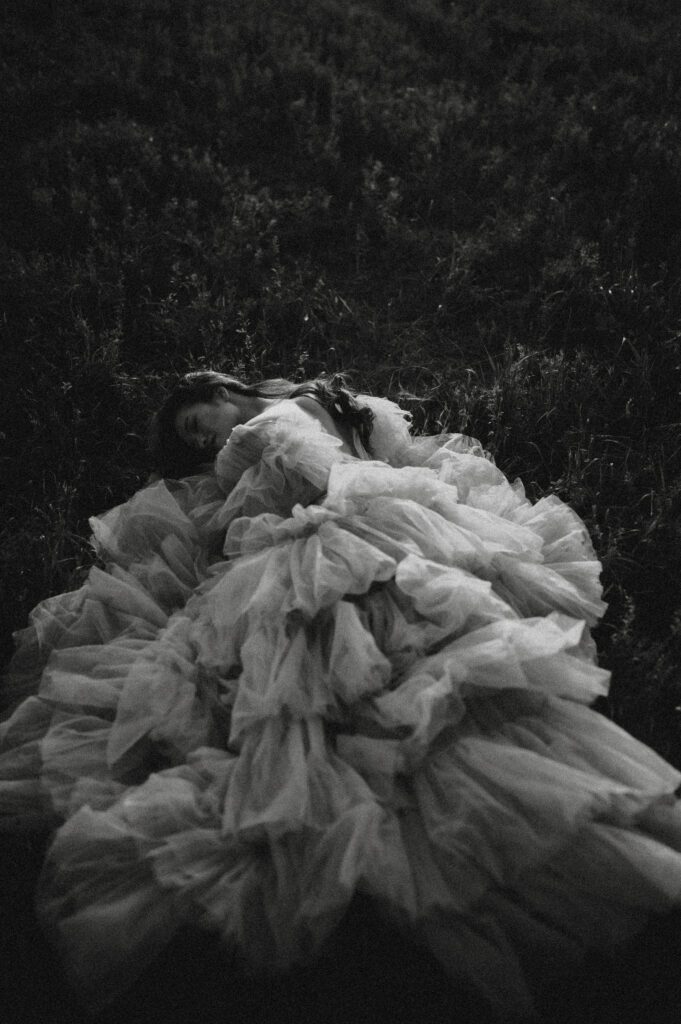
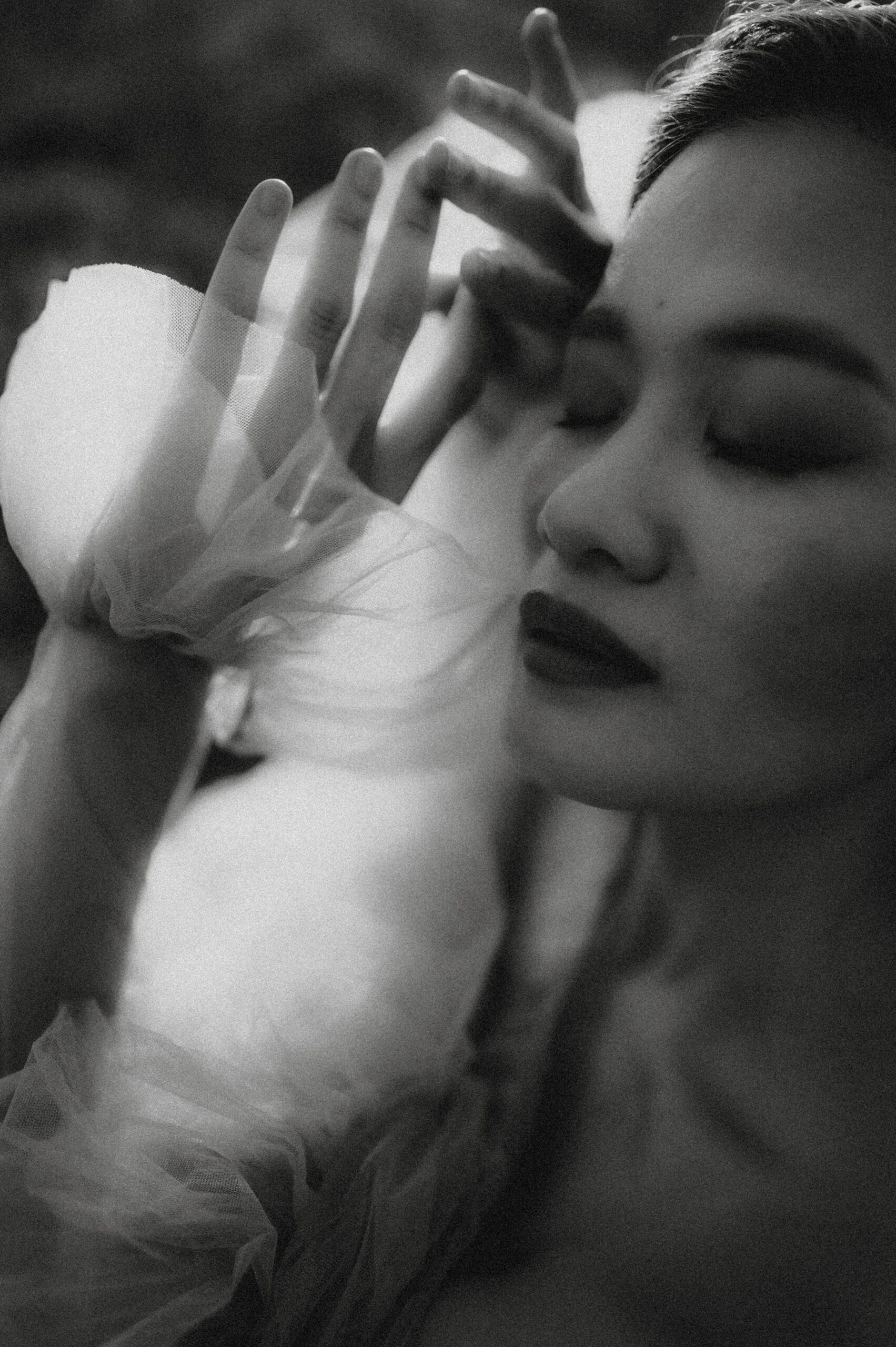
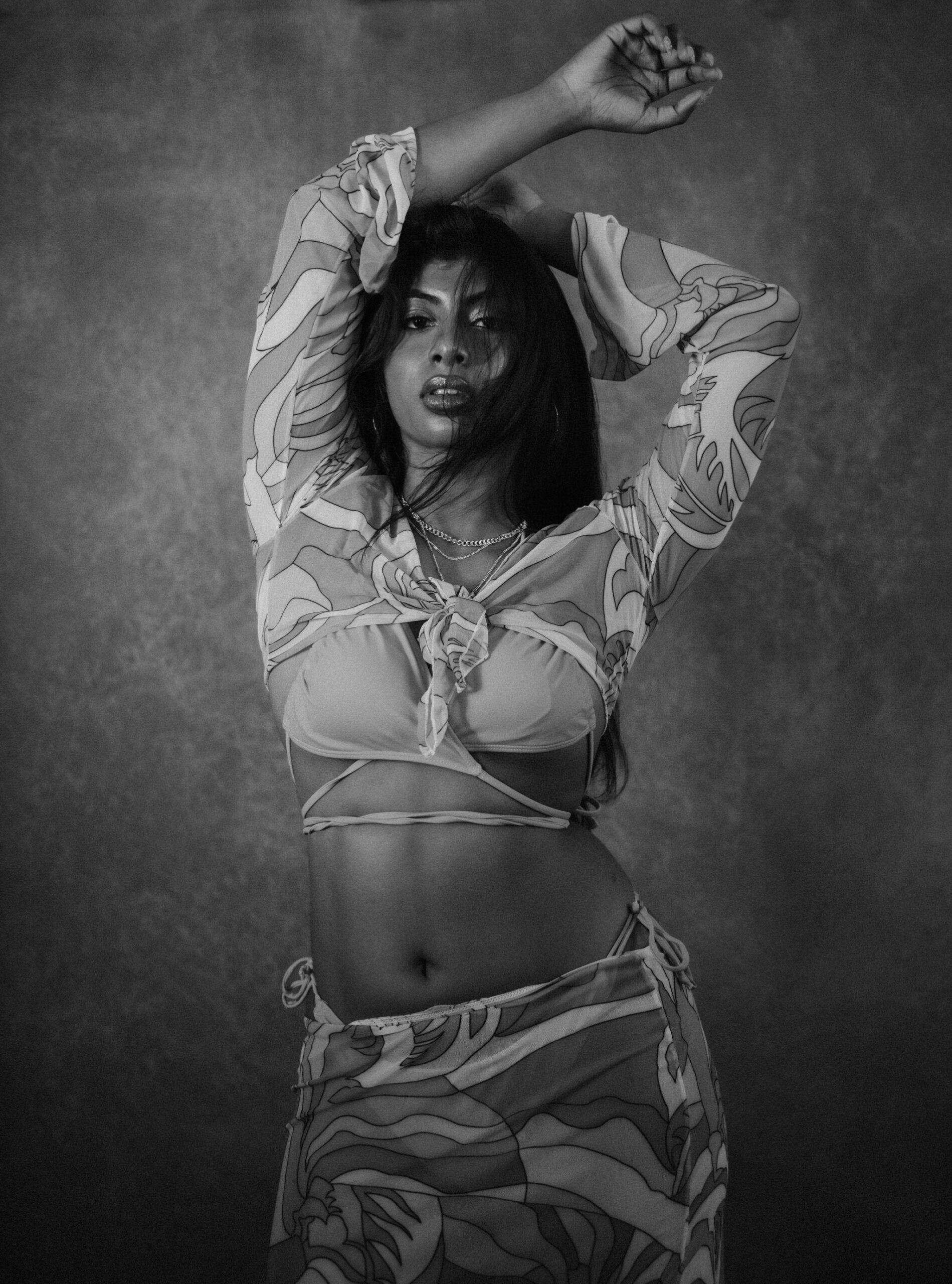
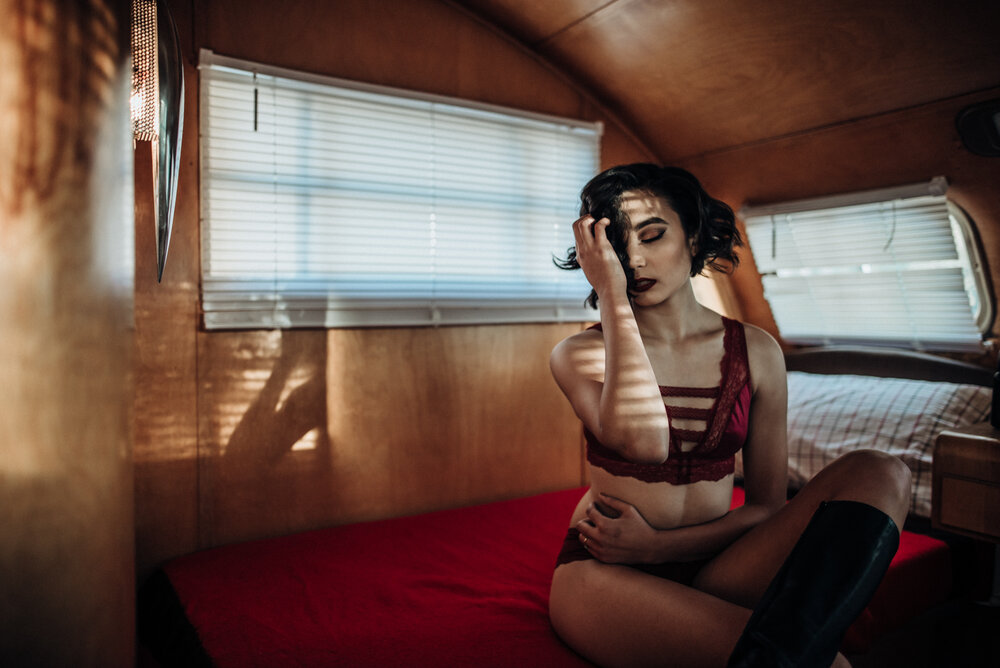


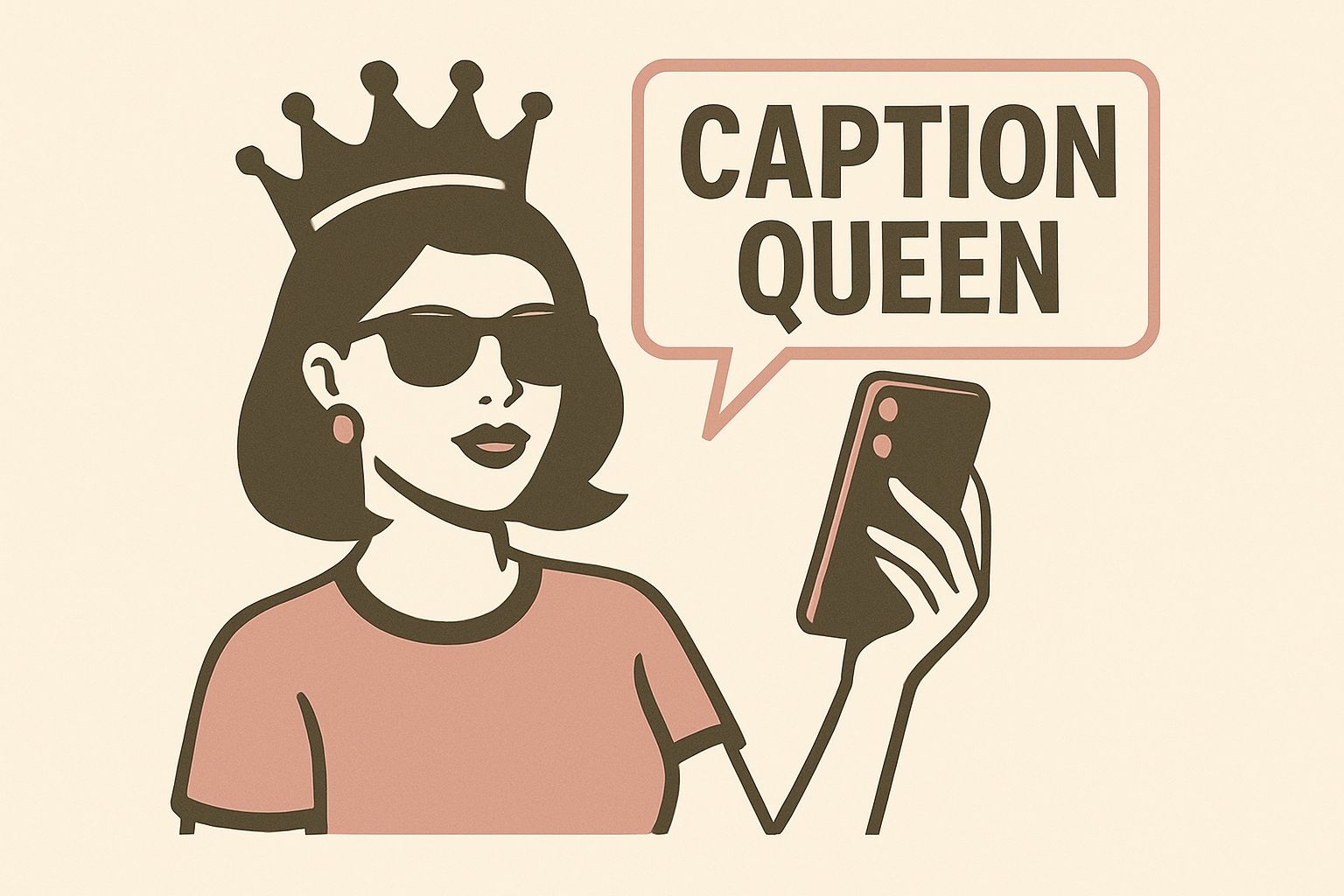
Comments +